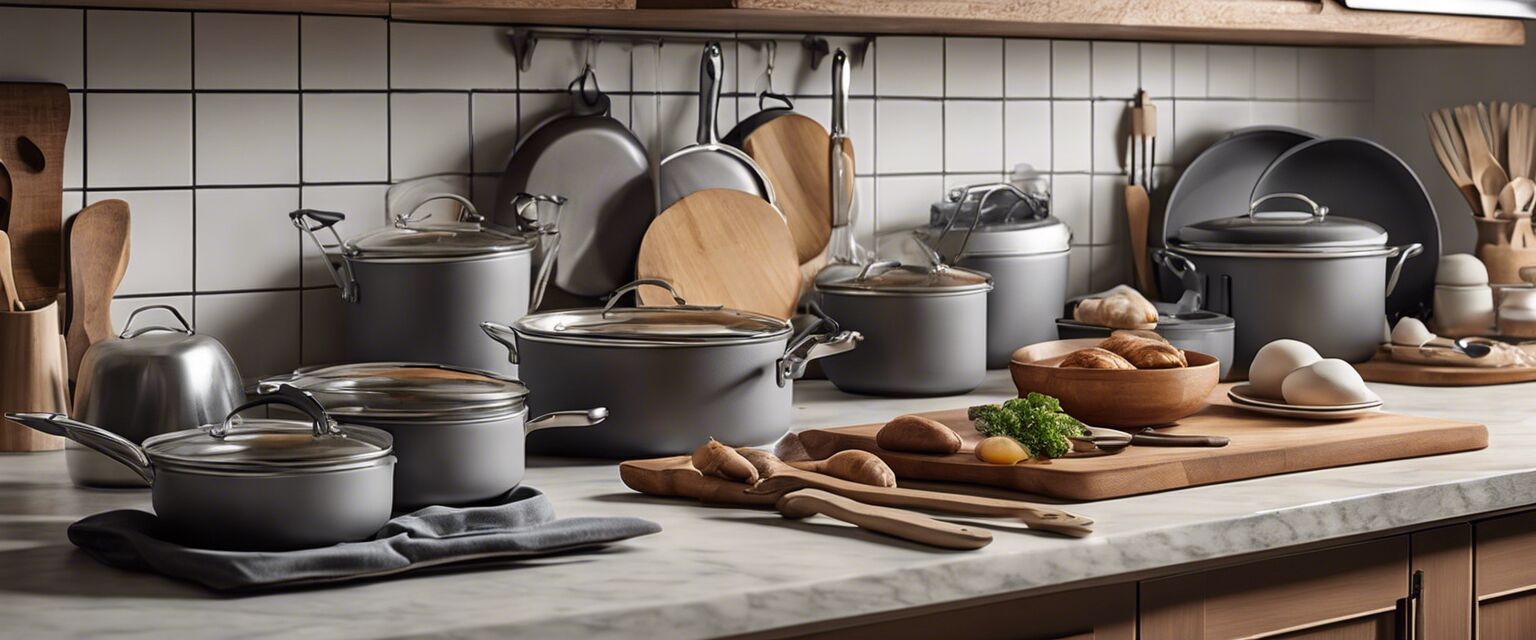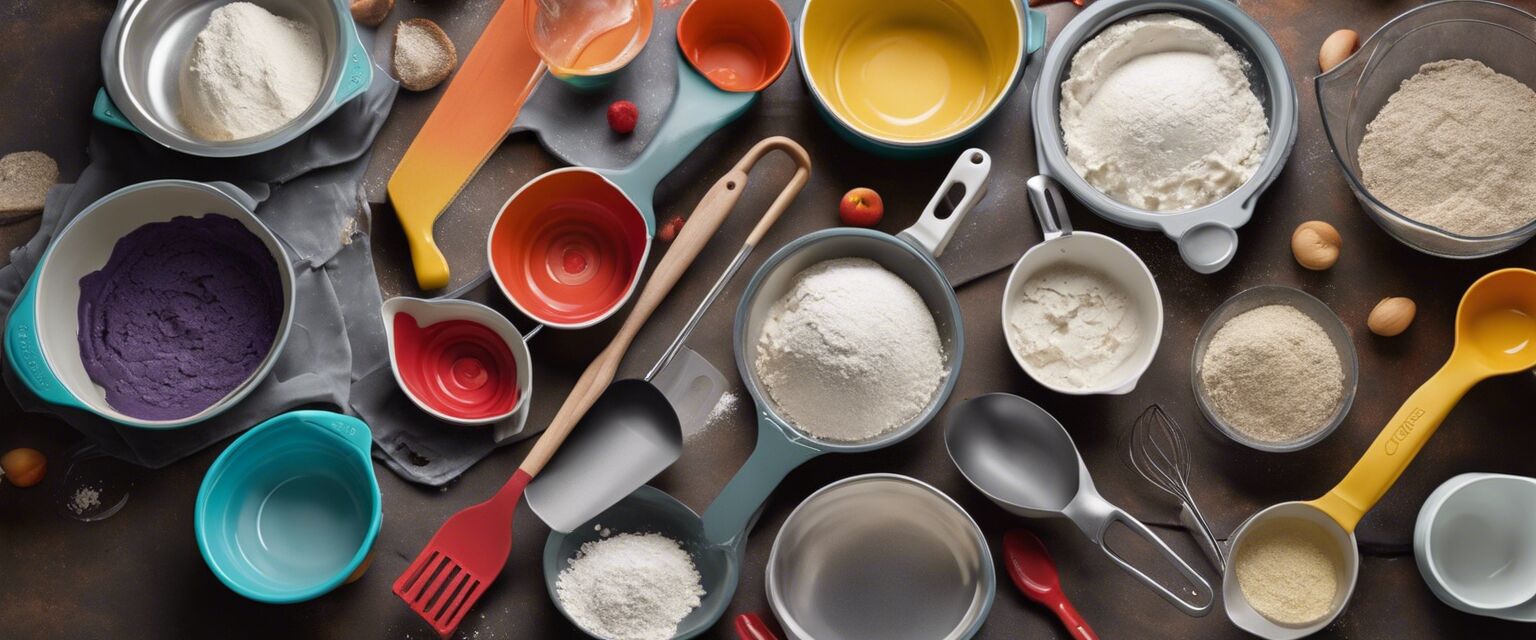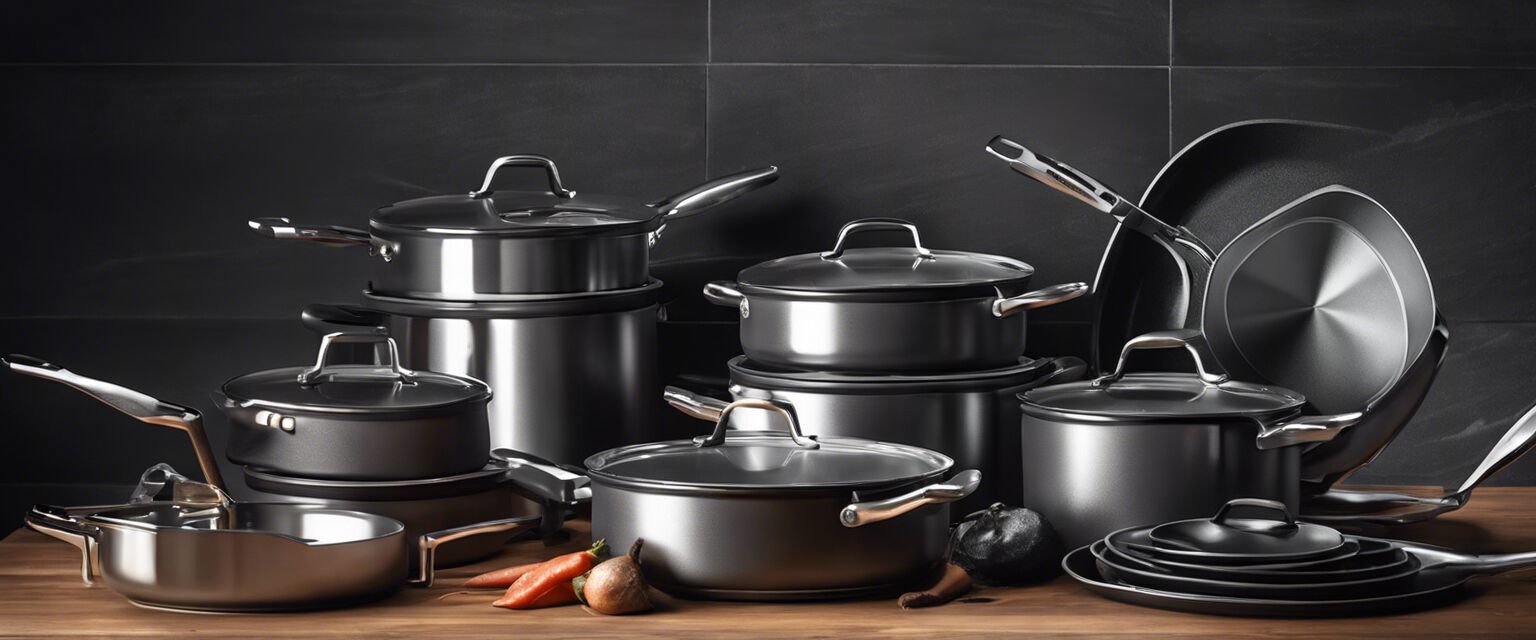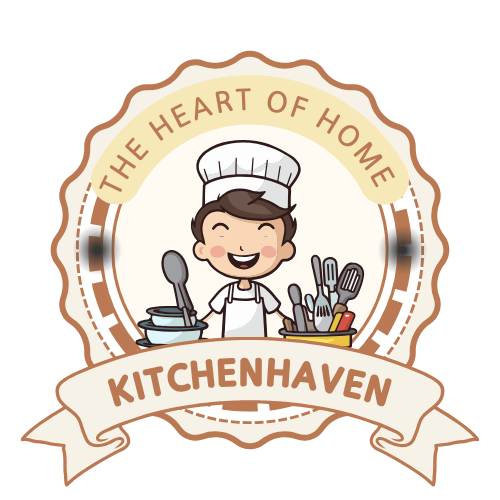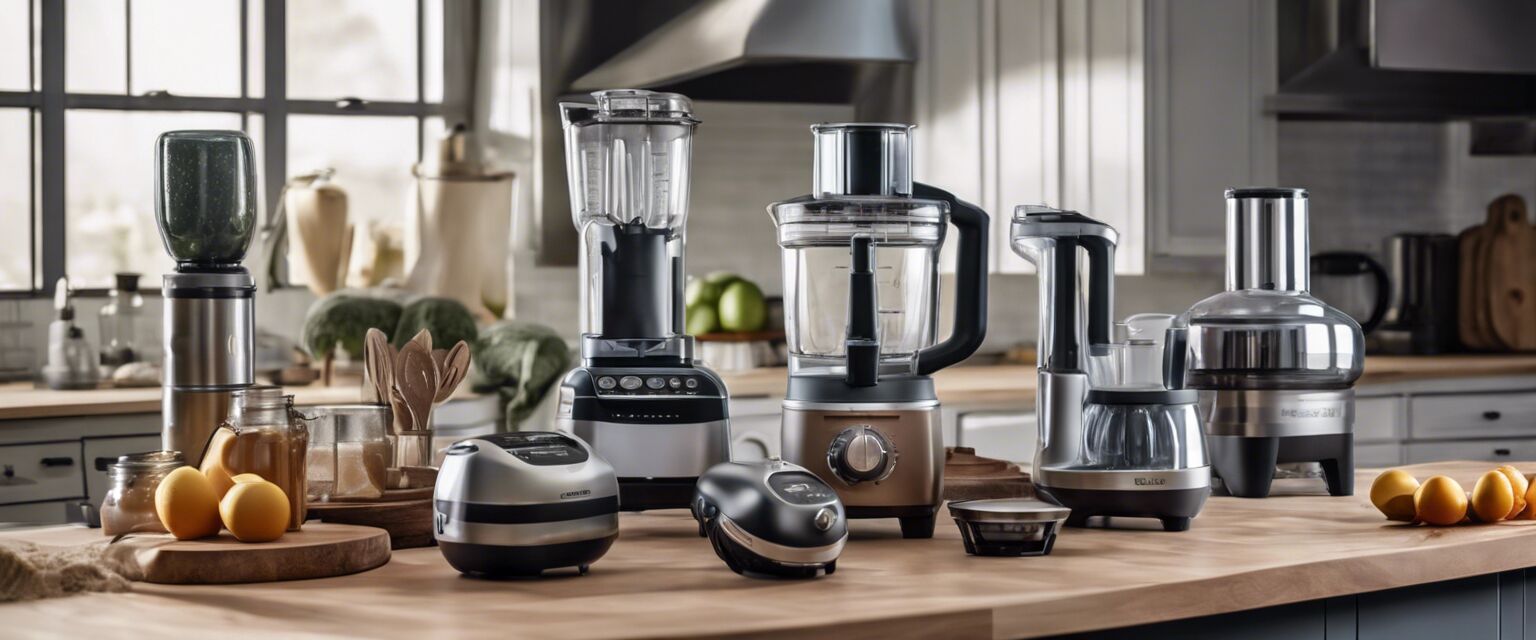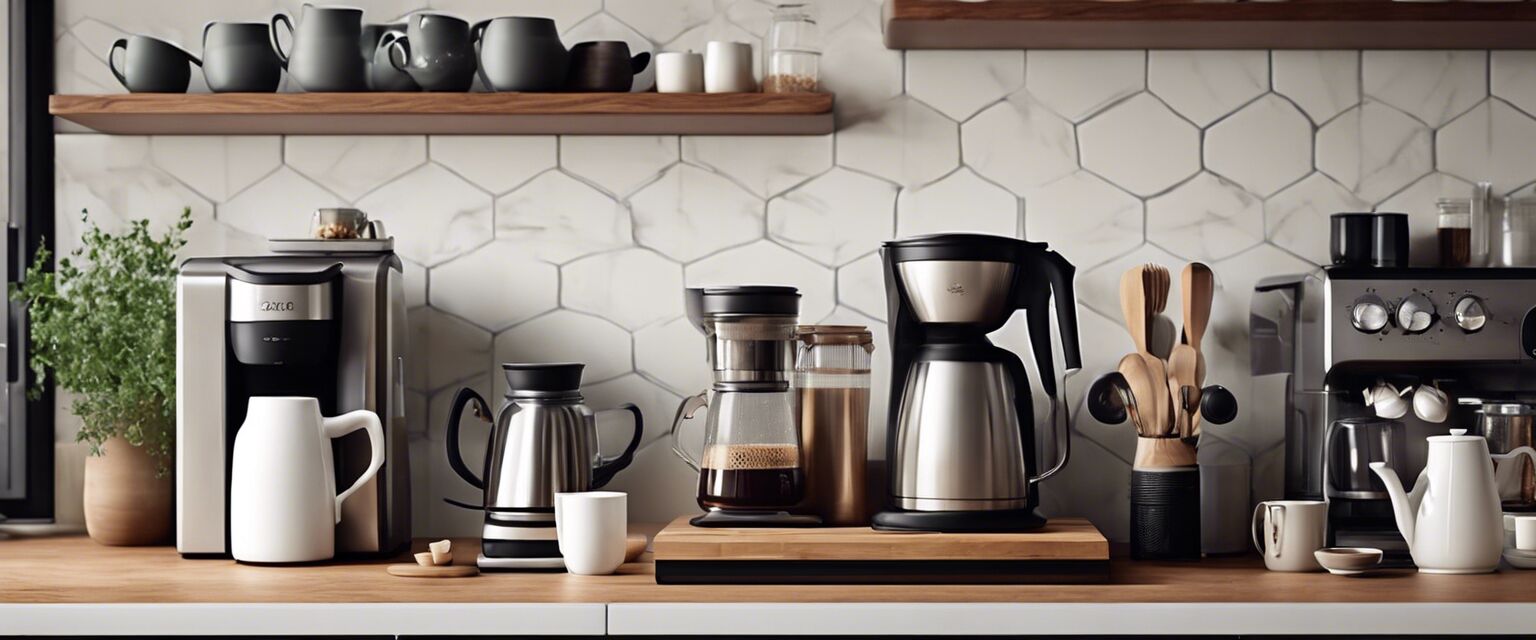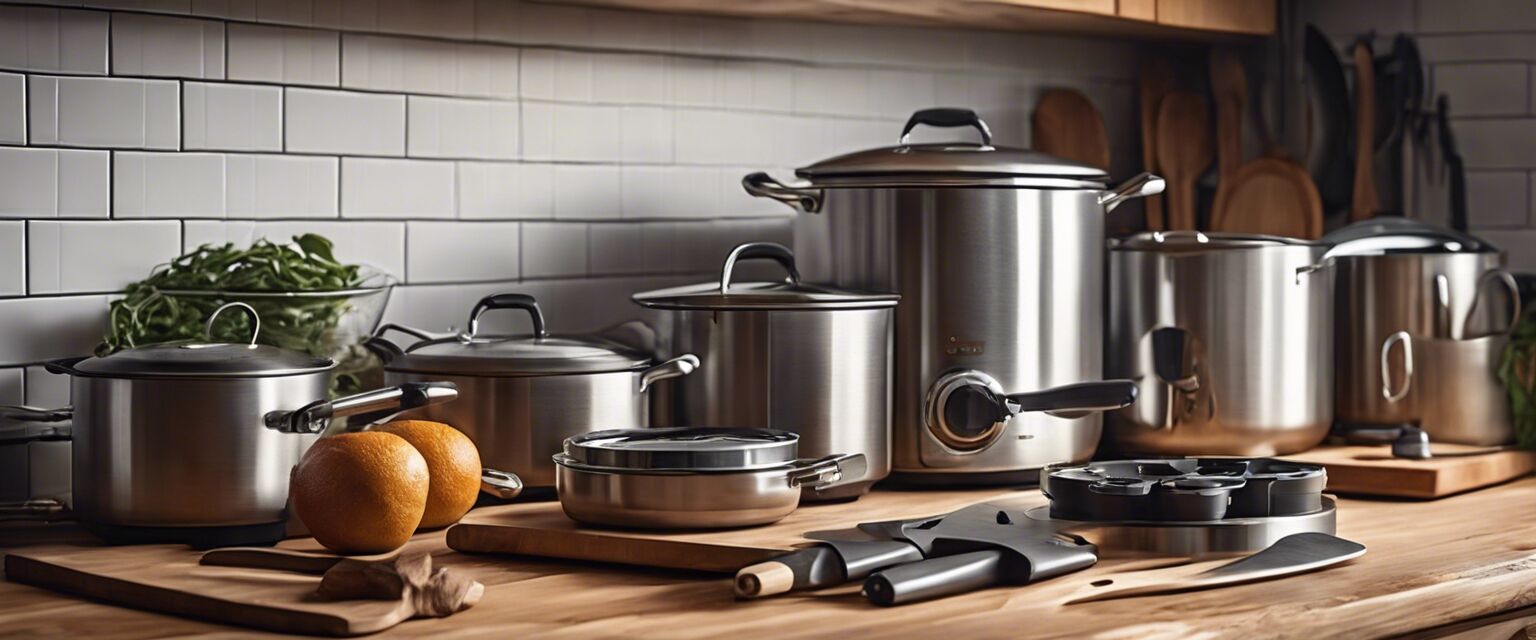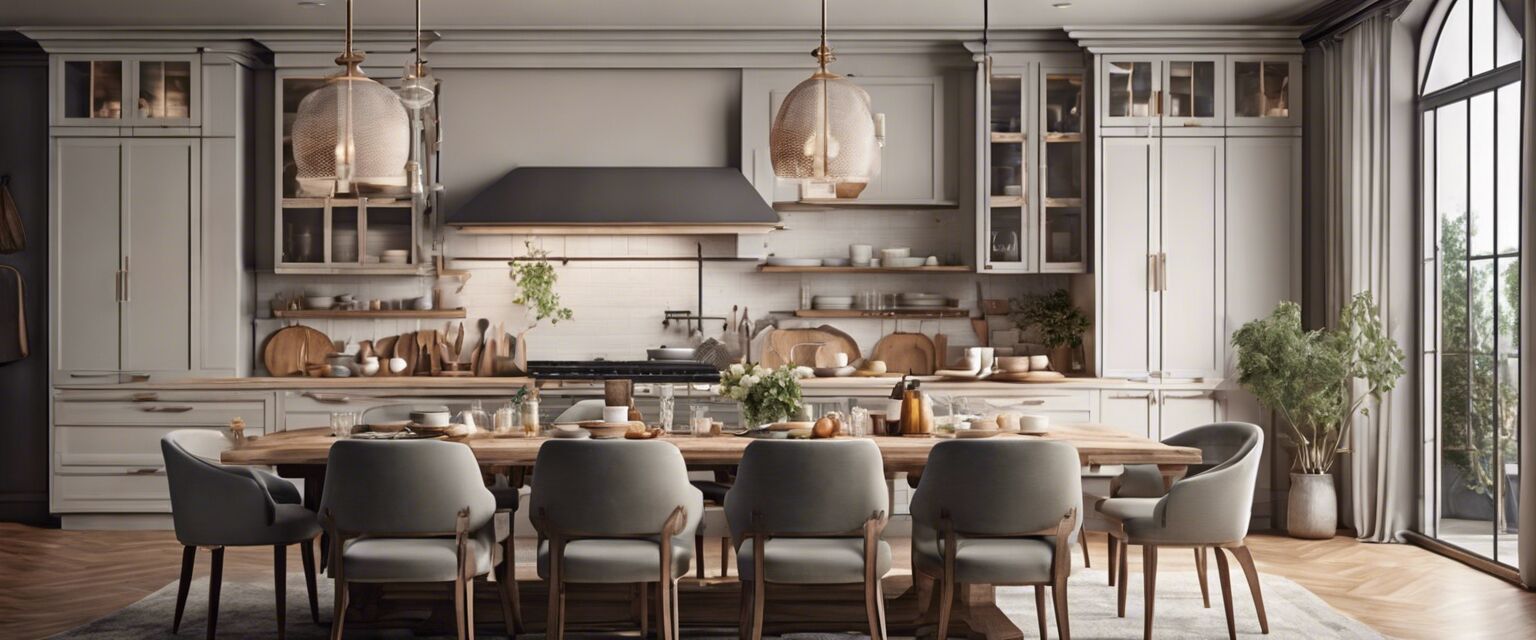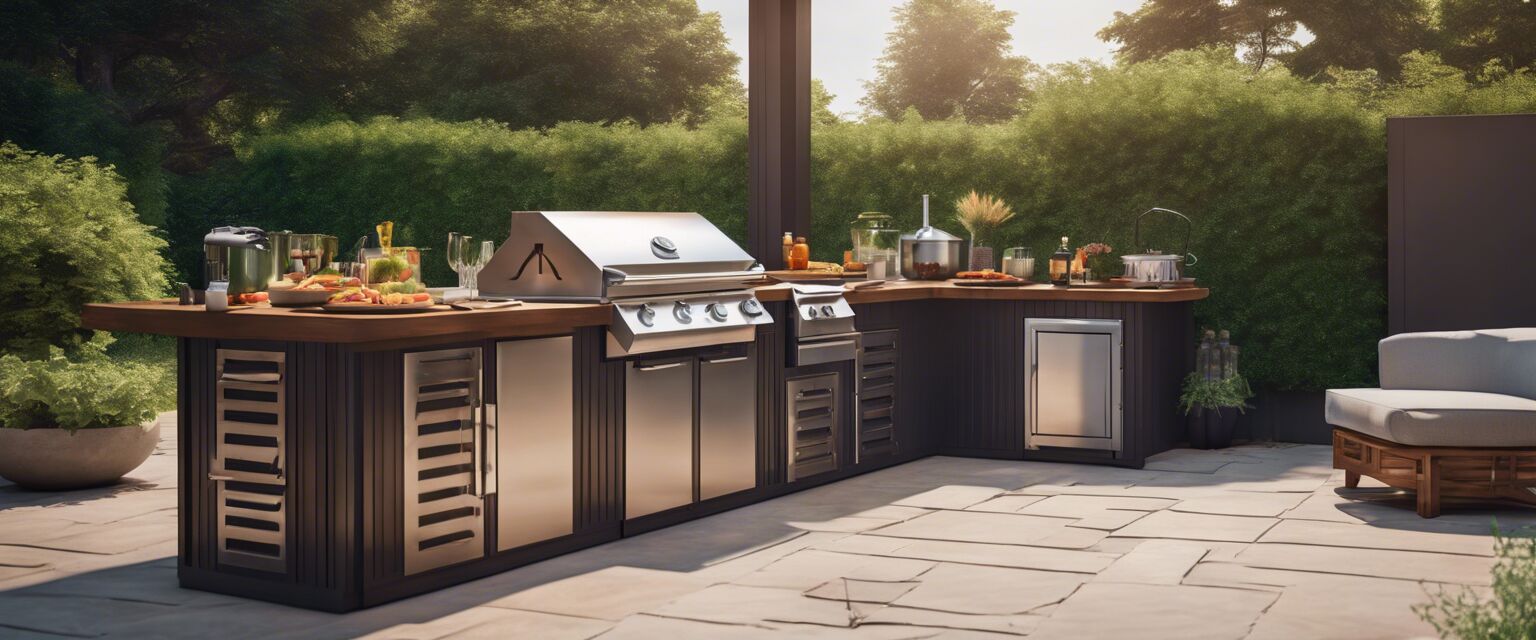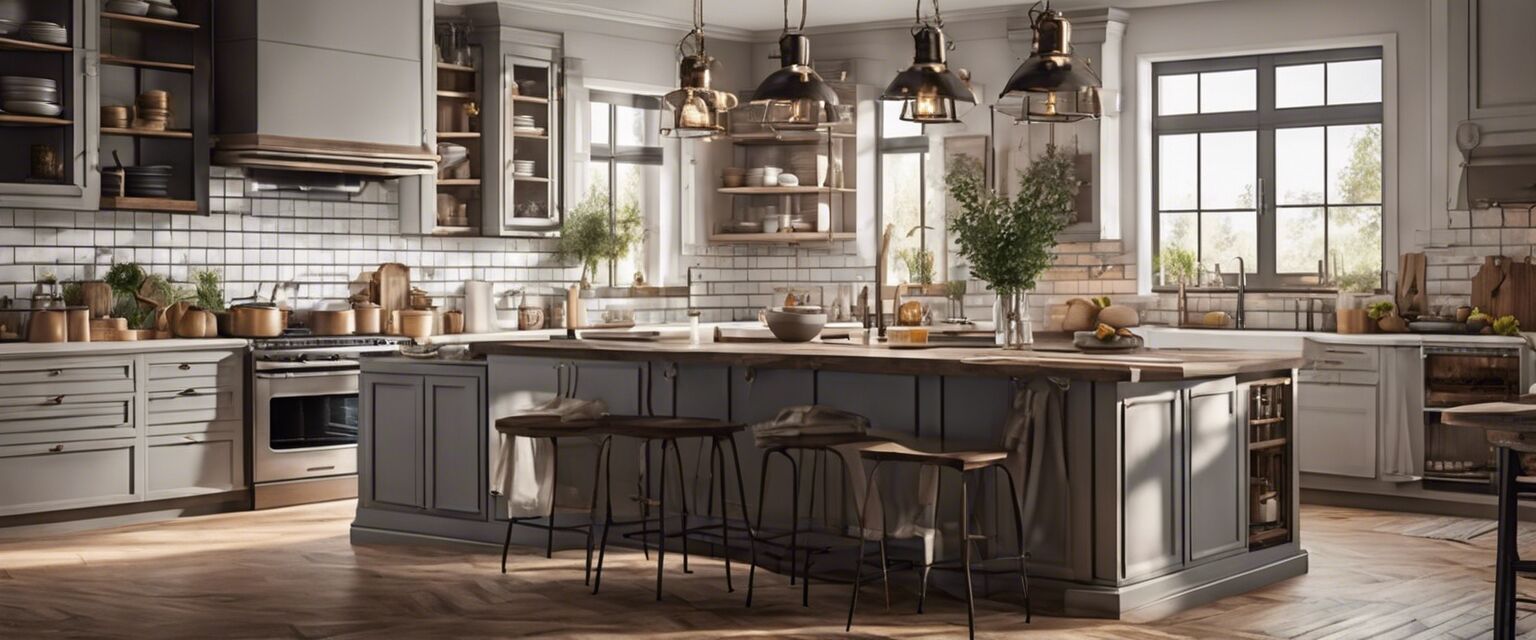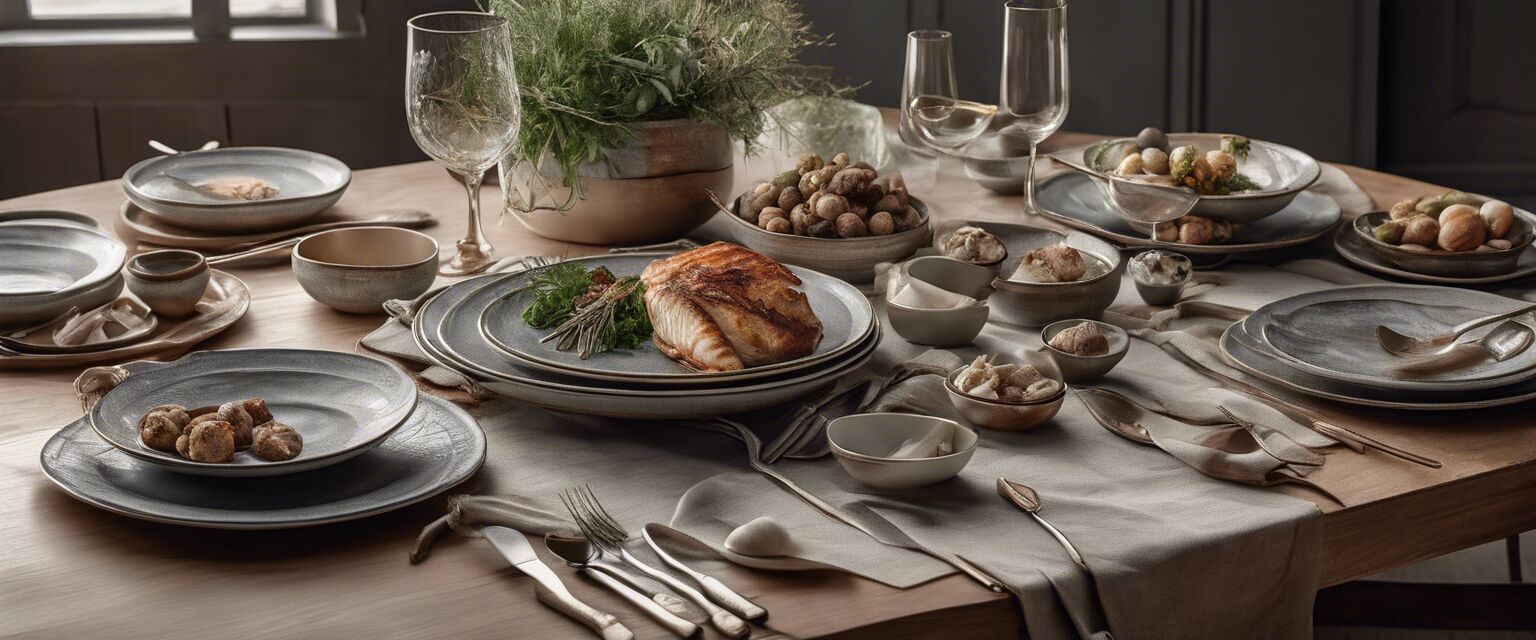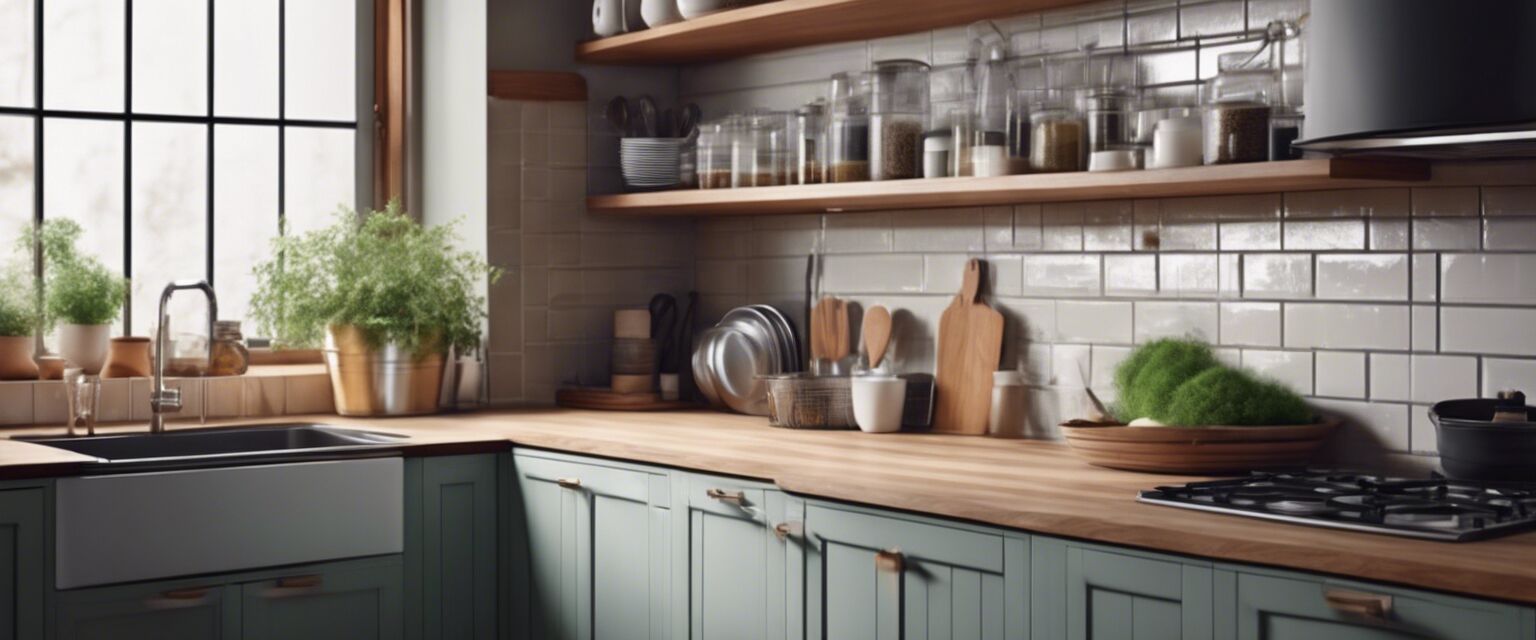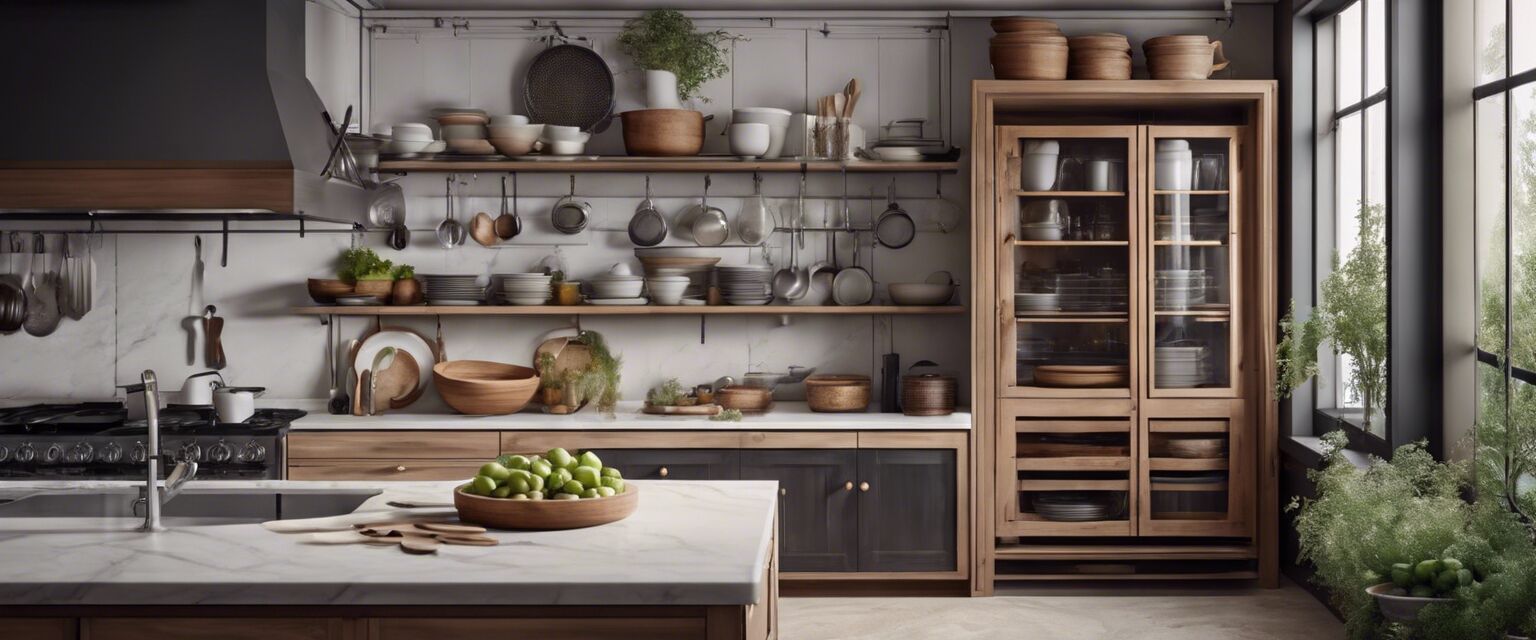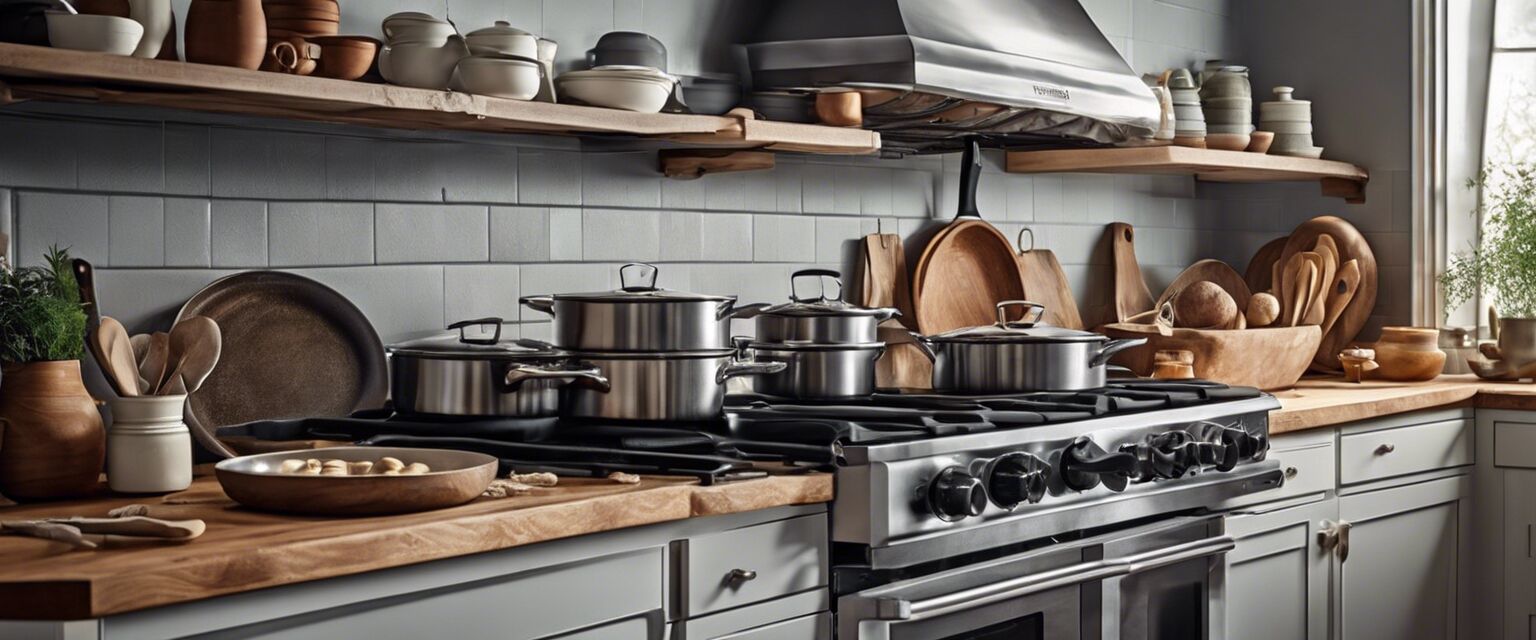
Cookware & Bakeware
Key Takeaways
- Understanding different types of cookware and bakeware is essential for efficient cooking.
- Quality materials can impact both cooking performance and durability.
- Proper care and maintenance can extend the life of your kitchen essentials.
- Choosing the right cookware for your cooking style is crucial for best results.
- Explore various options available in our Cookware & Bakeware category.
Cookware and bakeware are essential components of any kitchen, whether you are a casual cook or a culinary enthusiast. In this comprehensive guide, we'll explore the various types of cookware and bakeware, their materials, and how to choose the best ones for your needs.
Types of Cookware
Cookware comes in many shapes and sizes, tailored to different cooking methods. Here are the most common types:
| Type | Description | Best For |
|---|---|---|
| Fry Pan | Flat-bottomed pan used for frying, searing, and browning. | Eggs, pancakes, and stir-fries. |
| Saucepan | Deep, round pot with a long handle, ideal for simmering. | Sauces, soups, and boiling pasta. |
| Stockpot | Large pot used for making stocks and soups. | Stews, stocks, and large batches of food. |
| Dutch Oven | Heavy pot with a lid, perfect for slow cooking. | Roasting and baking. |
| Griddle | Flat surface for cooking pancakes, burgers, and more. | Breakfast foods and sandwiches. |
Types of Bakeware
Just like cookware, bakeware is essential for baking tasks. Here are the key types:
| Type | Description | Best For |
|---|---|---|
| Baking Sheet | Flat metal sheet used for baking cookies and pastries. | Cookies, roasted vegetables. |
| Cake Pan | Round or square pans designed for baking cakes. | Layer cakes and brownies. |
| Loaf Pan | Rectangular pan used for baking bread and loaf cakes. | Bread and pound cakes. |
| Muffin Tin | Shallow pan with multiple cups for baking muffins. | Muffins and cupcakes. |
| Pie Dish | Shallow dish with sloped sides, perfect for pies. | Pies and quiches. |
Materials Used in Cookware & Bakeware
The material of cookware and bakeware can significantly affect cooking performance. Hereâs a brief overview of common materials:
- Stainless Steel: Durable, resistant to rust and staining, great for browning and braising.
- Non-Stick: Easy to clean and great for low-fat cooking, but may require special utensils to avoid scratching.
- Cast Iron: Excellent heat retention, ideal for slow cooking and baking, also requires seasoning.
- Glass: Non-reactive and great for baking, allows you to see food as it cooks.
- Aluminum: Lightweight and conducts heat well, often coated to prevent sticking.
Tips for Choosing Cookware & Bakeware
- Consider your cooking style: Do you fry, bake, or simmer? Choose accordingly.
- Look for quality materials: They can make a significant difference in cooking performance.
- Check your kitchen space: Ensure you have adequate storage for your cookware and bakeware.
- Read reviews and compare: Explore our Cookware & Bakeware category for options.
- Start with essentials: A few versatile pieces can cover most cooking needs.
Care and Maintenance
To extend the life of your cookware and bakeware, proper care is essential. Here are some general tips:
- Always read the manufacturer's care instructions.
- Use wooden or silicone utensils with non-stick cookware.
- Hand wash non-stick and glass items to avoid scratches.
- For cast iron, clean without soap and re-season regularly.
- Store cookware stacked with protective layers to avoid scratches.
Conclusion
Choosing the right cookware and bakeware can elevate your cooking experience. From frying pans to baking sheets, understanding their purpose and care will help you make the best choices for your kitchen. Don't forget to explore our broad range of products in the Cookware & Bakeware category to find the perfect pieces for your culinary adventures.
Pros
- A wide variety of materials available for different cooking methods.
- Durable options can last a lifetime with proper care.
- Versatile cookware and bakeware can be used for multiple recipes.
- Easy to find and purchase both in-store and online.
Cons
- High-quality options can be expensive.
- Some materials require special maintenance.
- Can take up significant storage space in your kitchen.
- Non-stick surfaces may wear out over time.
